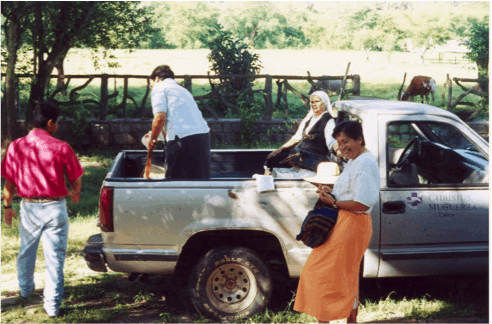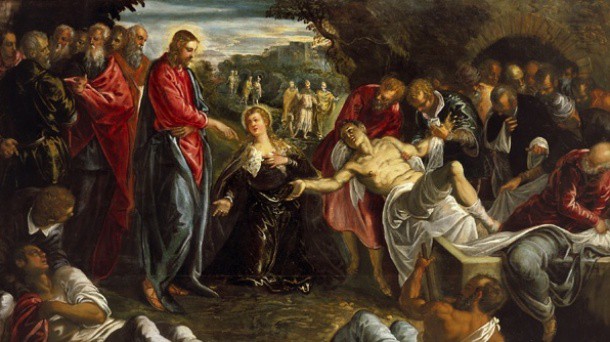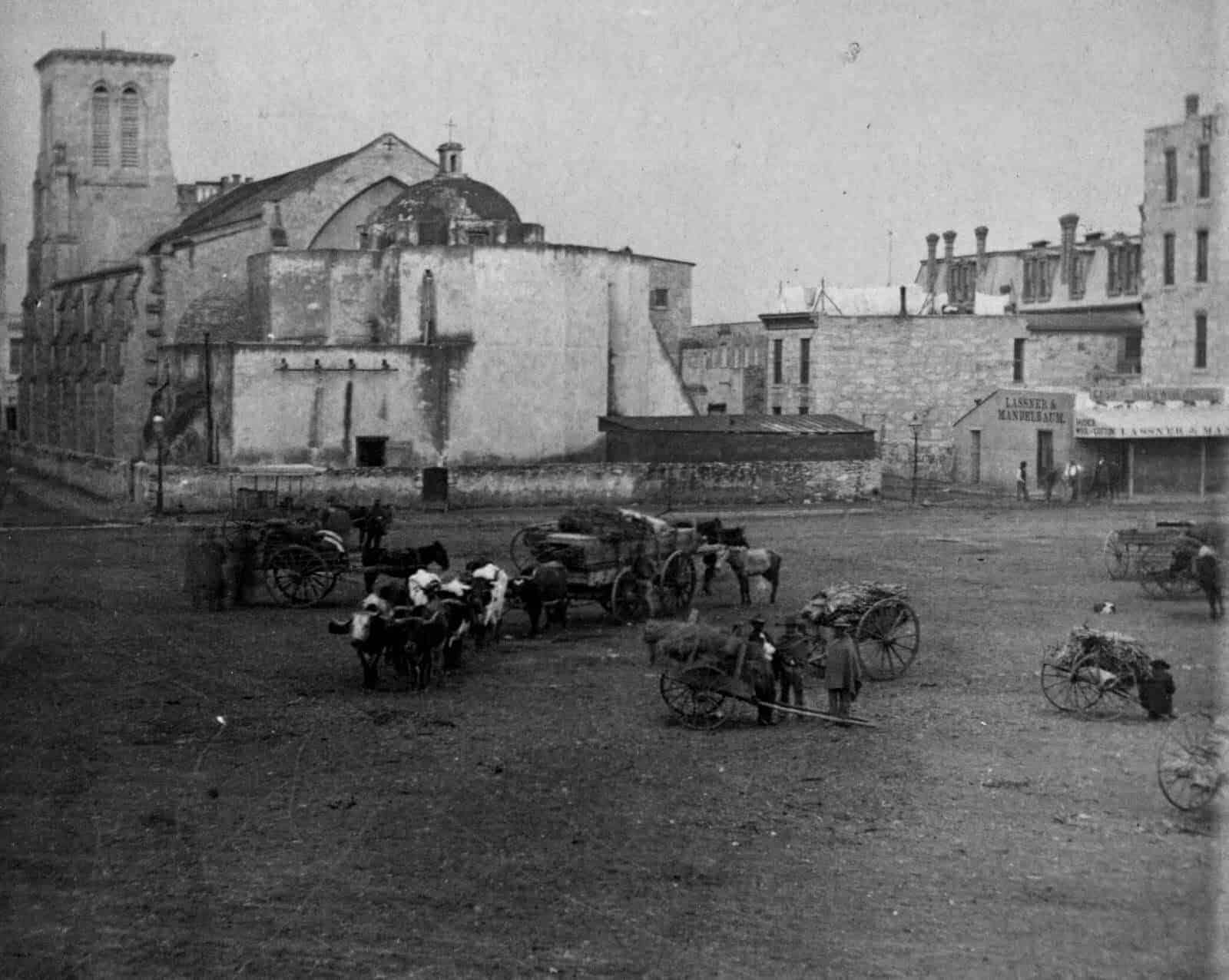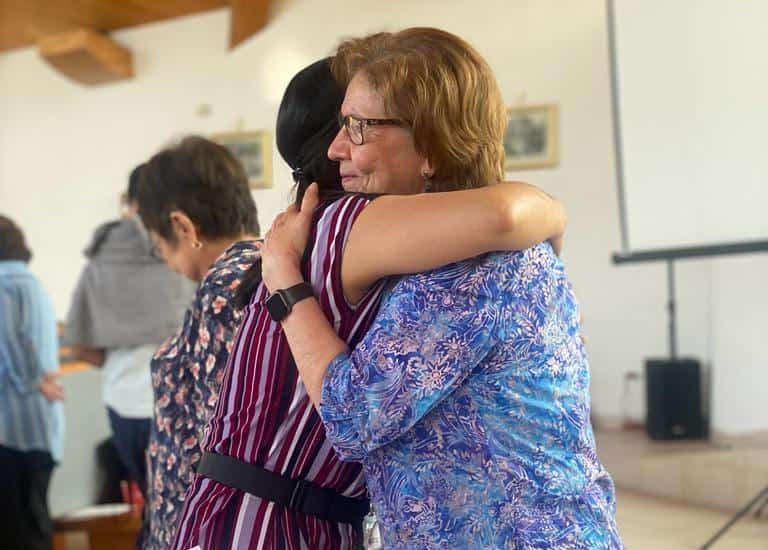In 2003, Mr. Fernando Ferrara was in charge of the Adelaida Lafón Foundation. He contacted Sister Luz María Aguilar; who at that time was the Congregational Provincial Superior, to request a group of Sisters to serve at the Hospital Huasteca LEM, that was going to be inaugurated in Tampamolón Corona, San Luis Potosí, working in the different areas of the hospital, but mainly, he was inviting the Sisters to be a presence of God’s merciful love among the patients and the staff at the hospital.
The invitation was shared with the Sisters and some of them participated in the Discernment Process that was done in the Cuernavaca house. At the end of the day, four sisters felt the calling to serve at the hospital: S. María Covadonga Suárez, S. Adriana Facio, S. Martha Angélica Gauna Rodríguez and S. María Luisa Gamboa Figueroa.
The hospital opened its doors on November 1, 2003. The sisters started working in the designated areas, but after working there for one month, S. Adriana was the first one to leave. At the end of the first year, S. María Covadonga decided not to continue. S. Martha Angélica continued working at the hospital and S. María Luisa worked with the communities. Due to health problems, S. Martha Angélica left the hospital several years later.
S. María Luisa Gamboa started visiting the communities and contacting the women. She observed that they made beautiful embroidery work, but they were only embroidering painted napkins that they bought at the market and it was very difficult for them to sell them. She presented a proposal encouraging them to work on something that they could sell so they could earn some money with their work. They bought cotton fabric known as “manta”, thread, color thread, and sawing needles. S. María Luisa brought some patterns and they started to make blouses by hand because they had no sewing machines. Then they embroidered the blouses. They started selling them mainly among people they knew.
S. María Cardoza joined the community in April 2005 and as she knew dressmaking and tailoring, the sisters offered to teach the women how to make clothes which they could sell easily. The first community S. María got in contact with and with which we worked was in Mancornadero, in the Tampamolón municipality. With the help of the municipality and several other people, a Community Workshop was built; there, the women could sew and put the clothes together; after that, they could embroider the clothes at home. The Mayor, Mr. Mónico González, worked on a Project to equip the workshop with all the necessary equipment. The municipal authorities donated the land and all the community helped in building the workshop.
Seven groups were formed in different Communities and Municipalities. Four Tenekgroups:Paxquid and Tenexo in the Tampamolón Municipality, Tamaletón in the Tancanhuitz Municipality, and Tampate in the Aquismón Municipality. And threeNáhuatl groups: Mancornadero, Tenexo and Yohuala, all of them in the Tampamolón Municipality. With the support of some of the Congregation schools, it was possible to build two Workshops; the other groups work in rooms in some of their houses. All the workshops were equipped with the necessary equipment for the women to make clothes: sewing machines, Over Sewing Machines to add details, tables, chairs, irons and a haberdashery where they can acquire what they need at low cost. They buy all their materials outside Tampamolón; they purchase them by making orders.
Each one of the groups received sewing classes every week, with emphasis on the quality of the finished work. Commercialization is the most difficult aspect of this process, and in order to sell the clothes, the women take advantage of every opportunity they have. The Casa del Artesano [Artisan House], which is a state based institution, has assigned specific dates for them to sell their clothes. They also participate in the FENAPO [Feria Nacional Potosina – Potosi National Fair] every year, and in several other fairs or events to which they are invited.
In addition to this, we have given due attention to their Human and Christian Formation, fostering in them Christian values such as love, fraternity, solidarity, respect, forgiveness, etc., so they may move forward individually and as a group.
The Hospital served the community for ten years. In 2013, for different reasons, it was decided to close it, and it was donated to the inhabitants of the region. Dr. Ángeles, and several other persons who had worked in the hospital, decided to continue serving the community and caring for the most defenseless people.
S. Mary and S. María Luisa are currently working on the project. A request was presented to the Foundation in order to complete the process after the hospital was closed. Finally, on June 30, 2016, after thirteen years of work, they have decided that the women can continue working on their own. They have been trained and the sisters have tried to give them all the tools they need to move on with the project and teach the younger generations what they have learned. The sisters will leave this place with gratitude and with the satisfaction of knowing that the women are happy, proud of what they have learned, sure of themselves and with great desires to move on knowing that they can achieve whatever they want to achieve.
Now that the sisters are leaving, they ask the Incarnate Word to protect this project and to bless these women who work so hard and with so much love. They have placed their trust in Him.
















0 Comments